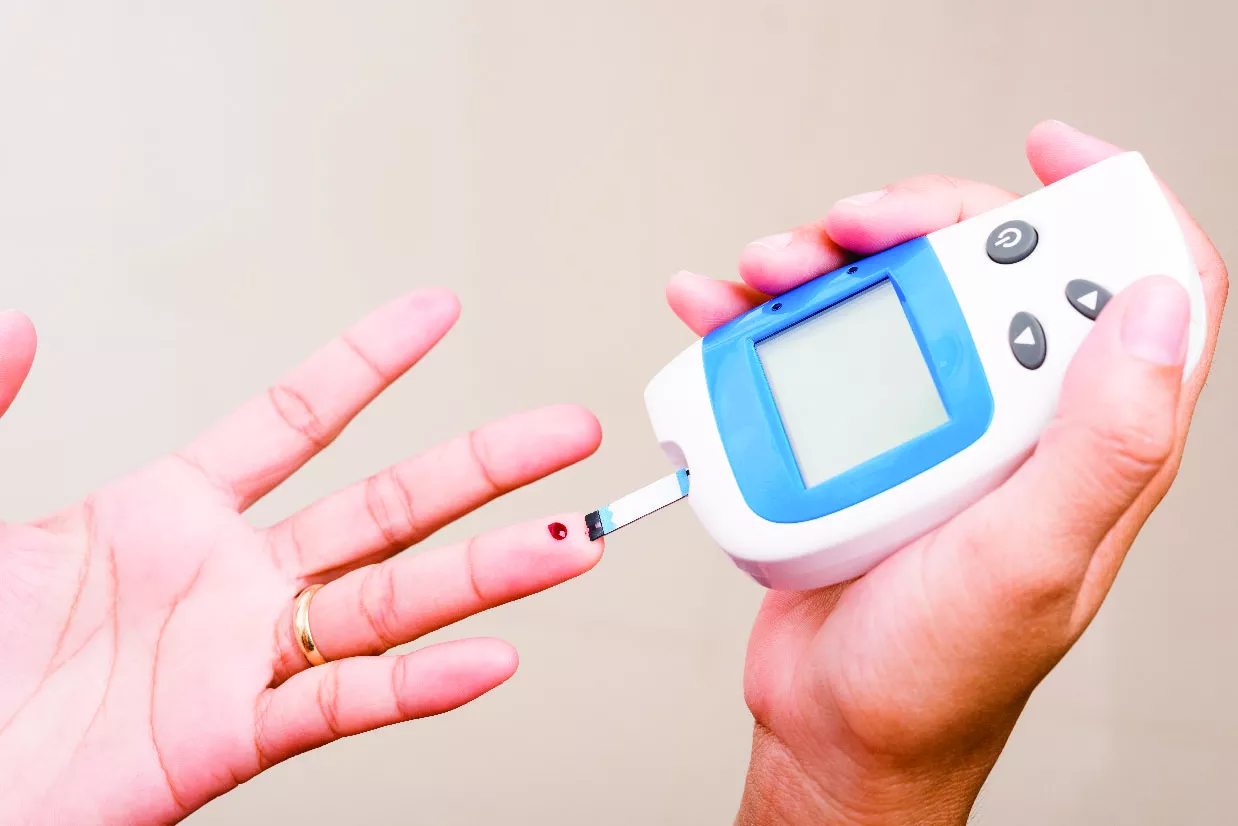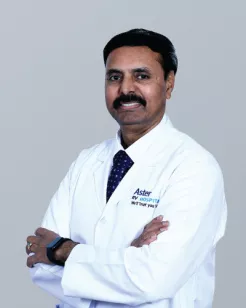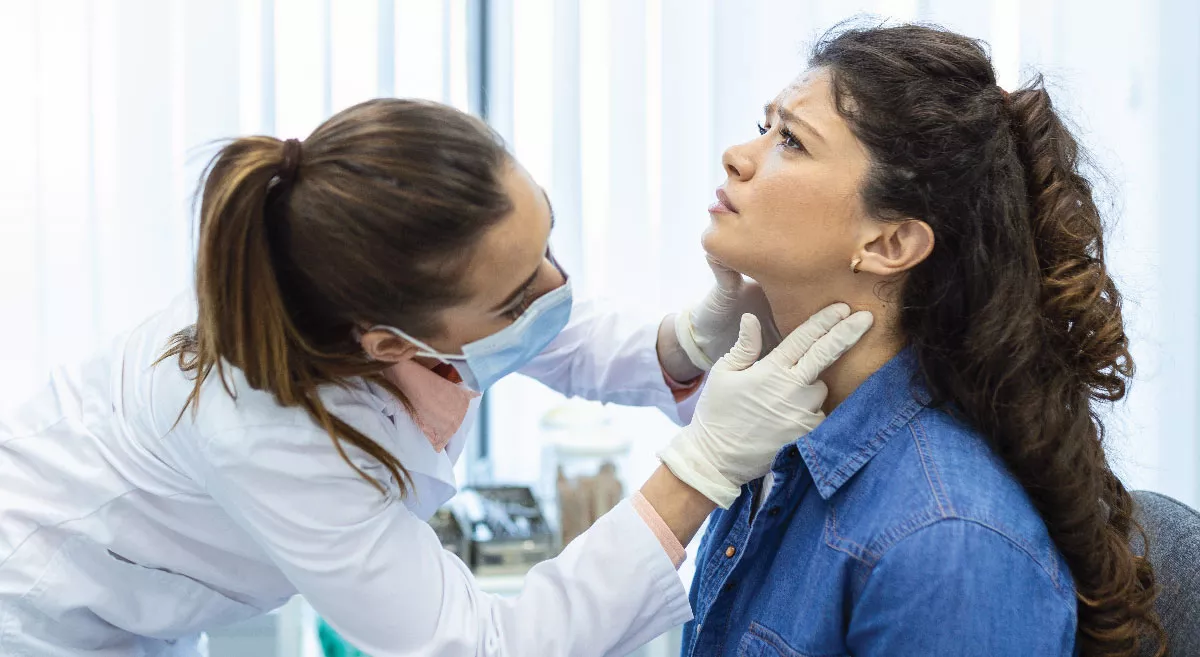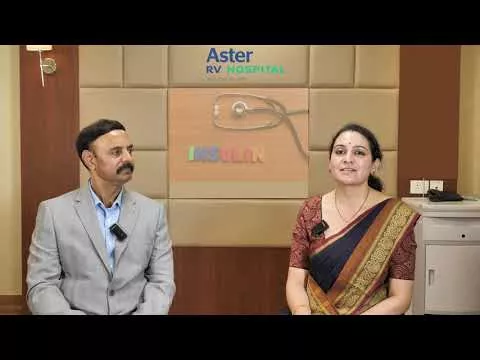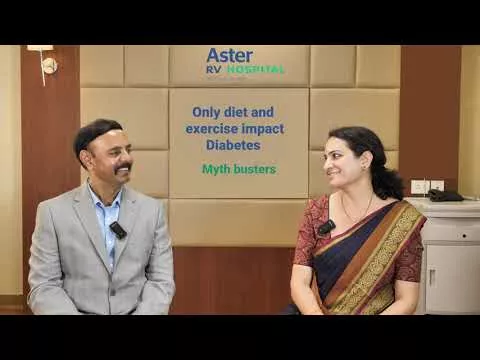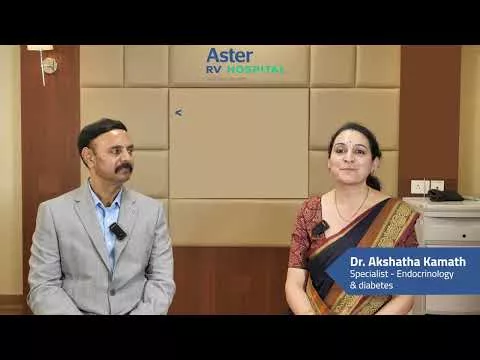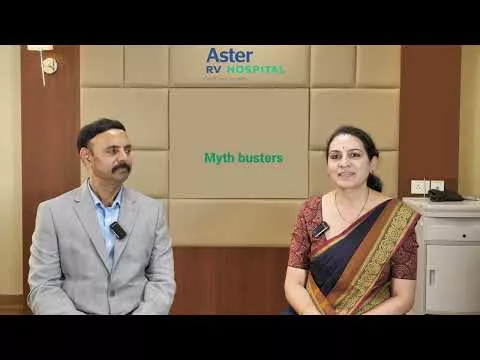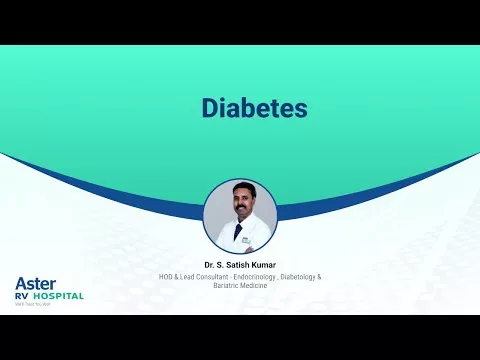Diabetes, once associated with the elderly and affluent, now affects all age groups, weight categories and socio-economic backgrounds, emerging as a prevalent condition in industrialized urban areas. As of 2021, India has 74 million people living with diabetes and this number is projected to rise to 92 million by 2030, according to the International Diabetes Federation.
Types and Causes of Diabetes
Diabetes comes in various forms. Type 1, typically afflicting young individuals, results from minimal or absence of insulin production. On the other hand, Type 2, prevalent in middle-aged and elderly individuals, stems from reduced insulin effectiveness and production. Gestational Diabetes Mellitus (GDM) emerges during pregnancy, often resolving post-delivery, but with a risk of transitioning to Type 2 diabetes later. Additionally, there are rare types associated with medications, medical conditions, or genetic disorders.
Type 2 diabetes constitutes >90% of the diabetes cases. It is largely driven by genetic predisposition, socio-economic changes, unhealthy food choices, reduced physical activity, sedentary lifestyle, increased stress, irregular sleep, air pollution and rising obesity rates in our society.
People with diabetes are at increased risk of developing related complications impacting the eyes, kidneys, nervous system, blood vessels, heart, feet, teeth and gums. Diabetes increases the chances of heart disease (up to three times) and kidney disease (up to ten times). These complications not only diminish the quality of life but also impose significant financial burdens on individuals, families, and society at large.
How to prevent or delay diabetes
Preventing or delaying Type 2 diabetes involves adopting a healthy lifestyle: a balanced diet with ample vegetables and fruits, avoiding processed and sugary foods, regular physical activity (30-45 minutes, 5 days a week), and maintaining healthy body weight. Regular blood sugar checkups for those at high risk enable early diagnosis and treatment, crucial for preventing complications.
Diagnosing diabetes involves blood tests such as fasting plasma glucose, random or post-meal plasma glucose, Glycosylated haemoglobin (HbA1c), and, in some cases, an Oral Glucose Tolerance test.
Management varies by type: Type 1 requires lifelong insulin therapy, gestational diabetes involves diet and, if necessary, insulin during pregnancy, and Type 2 is initially managed with lifestyle changes, including a healthy diet and increased physical activity, and may later involve medications or insulin if needed.
In conclusion, collective efforts from citizens, NGOs, and policymakers are crucial for diabetes awareness, prevention, and effective treatment, ensuring an improved quality of life for those affected.
